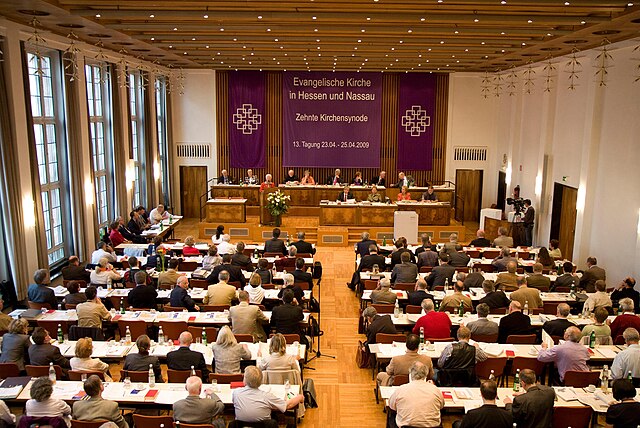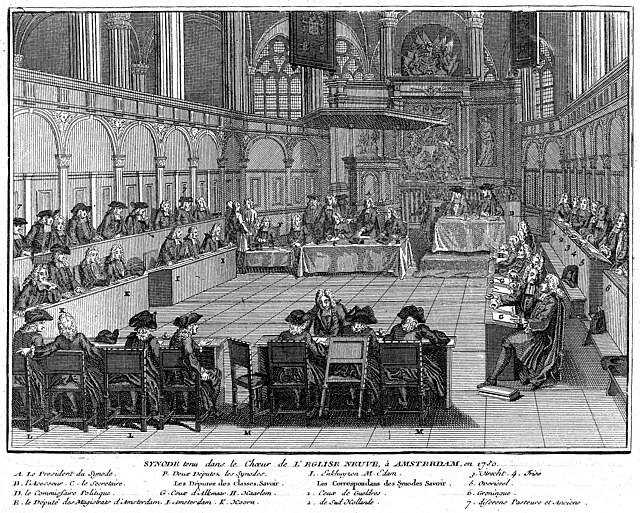The Synod of Elvira was an ecclesiastical synod held at Elvira in the Roman province of Hispania Baetica, now Granada in southern Spain. Its date has not been exactly determined but is believed to be in the first quarter of the fourth century, approximately 305–6. It was one of three councils, together with the Synod of Arles (314) and the Synod of Ancyra, that first approached the character of general councils and prepared the way for the first ecumenical council. It was attended by nineteen bishops and twenty-six presbyters, mostly resident in Baetica. Deacons and laymen were also present. Eighty-one canons are recorded, although it is believed that many were added at later dates. All concern order, discipline and conduct among the Christian community. Canon 36, forbidding the use of images in churches, became a bone of contention between Catholic and Protestant scholars after the Protestant Reformation.

If the ancient Roman city of Elvira was located in the Albaicín district of Granada, as some think, the synod may have taken place just inside the Puerta de Elvira (eleventh-century), seen here.
A synod is a council of a Christian denomination, usually convened to decide an issue of doctrine, administration or application. The word synod comes from the Ancient Greek σύνοδος 'assembly, meeting'; the term is analogous with the Latin word concilium 'council'. Originally, synods were meetings of bishops, and the word is still used in that sense in Catholicism, Oriental Orthodoxy and Eastern Orthodoxy. In modern usage, the word often refers to the governing body of a particular church, whether its members are meeting or not. It is also sometimes used to refer to a church that is governed by a synod.
Diocesan synod in Kraków in 1643 presided by Bishop Piotr Gembicki
Holy Sobor of 1917, following the election of Saint Tikhon as Patriarch of Moscow
EKHN's 10th Church Synod (general assembly), 2009
Members of a Reformed Synod in Amsterdam by Bernard Picart (1741)





